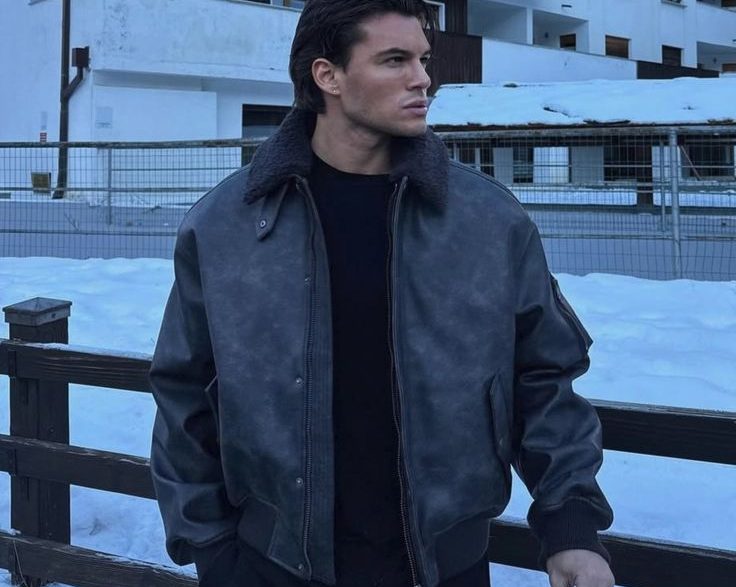Introduction
In 2025, youth fashion has exploded into a vibrant canvas of creative self-expression, where contrasting aesthetics like Kawaii and Cyberpunk thrive side by side. The modern young generation, shaped by hyperconnectivity, cultural fusion, and a growing emphasis on individuality, is no longer confined to singular style identities. Instead, they navigate a spectrum of aesthetics, from playful and pastel to edgy and electric, using fashion as a powerful form of personal storytelling.
The fashion landscape is now a decentralized realm where online trends, subcultural movements, and global influences converge in real time. Youth are curating wardrobes that reflect complex identities, mixing vintage finds with futuristic designs, soft silhouettes with structural elements, and cultural symbols with digital expression. This chapter in fashion history isn’t about following one rule—it’s about breaking them all to create something new.
Kawaii Culture: Soft Power in Pastel
The Kawaii aesthetic, which originated in Japan, has continued to evolve and flourish globally in 2025. It’s no longer just about cuteness; it’s a visual and emotional language of softness, kindness, and emotional resilience. Young wearers are adopting Kawaii fashion not only to express innocence or whimsy but to build identities around emotional safety and empowerment.
In today’s wardrobe, Kawaii includes oversized cardigans adorned with plush charms, pastel-hued pleated skirts, lace-trimmed blouses, and playful hair accessories like oversized bows and animal ears. However, what makes the 2025 iteration revolutionary is its adaptability. Many Gen Z and Alpha consumers blend Kawaii with streetwear, athleisure, or even darker motifs to create hybrid aesthetics such as “Creepy Cute” or “Kawaii Goth,” which defy traditional norms and expectations.
Technology also plays a major role. AR filters on social media apps allow users to “try on” virtual Kawaii pieces or layer augmented visuals over real-world outfits. Fashion in this realm becomes both wearable and shareable, existing in physical space and digital feeds simultaneously.
Cyberpunk Revival: Edgy Visions of the Future
Contrasting with the gentle tones of Kawaii is the resurgence of Cyberpunk—a dystopian yet captivating aesthetic defined by neon palettes, utilitarian silhouettes, and a fascination with human-machine symbiosis. Cyberpunk has gained significant traction among youth in 2025, especially as conversations around surveillance, AI, and digital autonomy dominate cultural discourse.
Cyberpunk fashion features include reflective or holographic materials, structured trench coats, LED-enhanced accessories, and cybernetic-style hardware like augmented goggles or AI-controlled wearables. Unlike the bleak visions of the past, today’s Cyberpunk is driven by hope and rebellion. It represents a desire for autonomy in a hyper-digitized world.
Youth wear Cyberpunk-inspired outfits not only at music festivals or cosplay events but also in daily life—merging function and performance with bold aesthetics. This normalization of once-niche styles reflects a broader shift: the embrace of expressive maximalism and the democratization of subcultural fashion through social media.
The Role of Digital Spaces in Fashion Identity
In 2025, digital platforms like TikTok, Instagram, and emerging fashion metaverses have become central to how youth discover, shape, and share style. These spaces enable young people to explore multiple personas through fashion without the limitations of physical reality. Virtual try-on tools, AI stylists, and fashion NFTs allow for experimentation with aesthetic combinations that range from the fantastical to the minimal.
This freedom has given rise to fluid fashion identities, where one can be Kawaii on a Monday and Cyberpunk on a Saturday. Digital creators use fashion not just to showcase outfits but to craft visual narratives that reflect moods, social commentary, or futuristic fantasies. This new mode of engagement makes fashion an evolving conversation rather than a fixed declaration.
Cross-Aesthetic Experimentation
One of the defining traits of youth fashion in 2025 is the seamless blending of seemingly opposing styles. The fusion of soft and hard, nostalgic and futuristic, East and West has birthed genre-defying looks that are deeply personal. For example, a Kawaii-coded base outfit might include a bright neon harness or chunky combat boots. Similarly, a Cyberpunk silhouette could be softened by pastel faux fur or delicate embroidery.
These juxtapositions challenge fashion norms and celebrate multiplicity. They speak to a generation that refuses binary thinking—not just in gender, but in taste, identity, and expression. This open-ended styling approach is also more sustainable; young people are curating modular wardrobes where pieces are reused across looks rather than discarded.
Cultural Intersection and Representation
Youth fashion in 2025 thrives on cross-cultural appreciation, though not without raising questions about authenticity and appropriation. Styles like Kawaii and Cyberpunk originate in specific cultural and historical contexts—Japan and speculative sci-fi literature, respectively—and their global adoption has necessitated thoughtful engagement.
Today’s young consumers are more educated and vocal about representation. Many support designers and influencers who honor the roots of these aesthetics while remixing them with respect. The rise of localized subcultures—from Afro-Kawaii to Desert Cyberpunk—demonstrates how aesthetics can be reimagined through new cultural lenses without erasing their origins.
Fashion Education and Future Vision
As youth become increasingly invested in fashion as a form of social and political dialogue, education around fashion history, ethics, and innovation has gained traction. Online platforms now offer mini-courses and resources on everything from the history of Harajuku to the ethical dilemmas of fast fashion. This accessible knowledge empowers youth to make informed, intentional style choices.
Moreover, Gen Z and Alpha are pushing fashion toward a more inclusive and visionary future. They are embracing gender-neutral silhouettes, designing with sustainable materials, and incorporating tech like 3D printing or bio-fabrication into DIY creations. For this generation, fashion isn’t just worn—it’s built, curated, and shared with meaning.
Conclusion
The fashion landscape in 2025 is a kaleidoscope of aesthetic expression, where the boundaries between styles like Kawaii and Cyberpunk are not barriers but bridges. Youth culture is redefining what it means to dress with purpose, choosing garments that amplify identity, resist conformity, and connect across physical and digital worlds. This is not just about trends—it’s about transformation.
From pastel dreams to neon rebellions, today’s fashion is a vibrant declaration of individuality in a world that increasingly values difference. As technology, culture, and creativity continue to intertwine, the next generation will lead fashion into territories unimagined—wearing their truth with every layered look, every hybrid ensemble, and every unapologetic self-expression.



